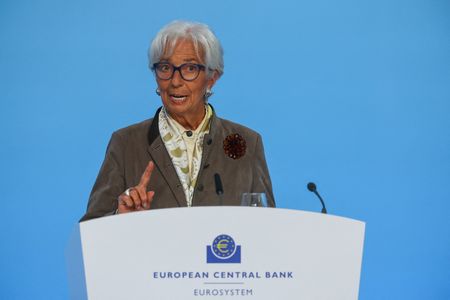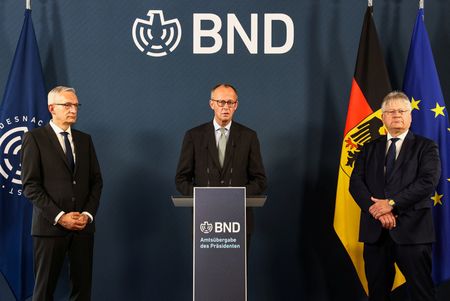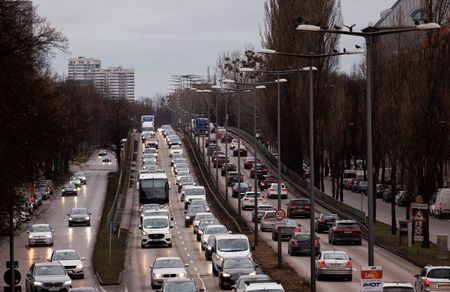By Alex Lawler
LONDON (Reuters) – World oil supply will rise more rapidly this year and a surplus could expand in 2026 as OPEC+ members increase output and supply from outside the group grows, the International Energy Agency said on Thursday, in contrast to OPEC’s own updated outlook.
Supply will rise by 2.7 million barrels per day (bpd) in 2025, up from 2.5 million bpd previously forecast, the IEA, which advises industrialised countries, said in a monthly report, and by a further 2.1 million bpd next year.
OPEC+ is adding more crude to the market after the Organization of the Petroleum Exporting Countries, Russia and other allies decided to unwind its second layer of output cuts more rapidly than earlier scheduled. The extra supply has raised concern of a surplus and weighed on oil prices this year.
Supply is rising far faster than demand in the IEA’s view, even though it upwardly revised its forecast for growth in world demand this year to 740,000 bpd, up 60,000 bpd from the previous forecast, citing resilient deliveries in advanced economies.
“Oil markets are being pulled in different directions by a range of forces, with the potential for supply losses stemming from new sanctions on Russia and Iran coming against a backdrop of higher OPEC+ supply and the prospect of increasingly bloated oil balances,” the IEA said in the report.
IEA demand forecasts are at the lower end of the industry range, as the agency expects a faster transition to renewable energy sources than some other forecasters such as OPEC.
Also on Thursday, OPEC maintained its forecast that demand will rise by 1.29 million bpd this year, almost double the rate expected by the IEA, and said the world economy was doing well into the second half of 2025.
The upbeat outlook follows the decision of the wider OPEC+ on Sunday to further raise its oil output quotas from October as its leader Saudi Arabia pushes to regain market share.
Oil prices declined on Thursday, with Brent crude trading just below $67 a barrel. This is still up from a 2025 low of near $58 in April.
DIFFERENCE ON OUTLOOK
The IEA has been saying the world market looks oversupplied and Thursday’s report said global inventories will rise by an “untenable” 2.5 million bpd on average in the second half of 2025 as supply far outstrips demand.
Next year, the report implied that supply may exceed demand by about 3.3 million bpd, with growth from OPEC+ and producers outside the group such as the U.S., Canada, Brazil and Guyana, and a limited expansion in demand, up from almost 3 million bpd last month.
OPEC, in contrast, forecasts a slower rate of supply expansion outside OPEC+ of 630,000 bpd next year. The drop in oil prices this year, partly due to OPEC+ output hikes, has put pressure on the economics of U.S. shale output, analysts say.
Rather than the IEA’s implied surplus in 2026, OPEC’s report implies a deficit of 700,000 bpd if OPEC+ keeps pumping at August’s rate of 42.4 million bpd, according to a Reuters calculation based on the report.
China continues to stockpile crude, the IEA said, which is helping to keep Brent crude prices for immediate delivery higher than those for later contracts, a structure known as backwardation, which indicates a tight market.
The IEA said its implied surplus may not materialize.
“There are a number of potential twists and turns ahead – including geopolitical tensions, trade policies and additional sanctions on Russia and Iran – that could yet alter market balances,” it said.
(Reporting by Alex Lawler; Editing by Louise Heavens and Susan Fenton)











